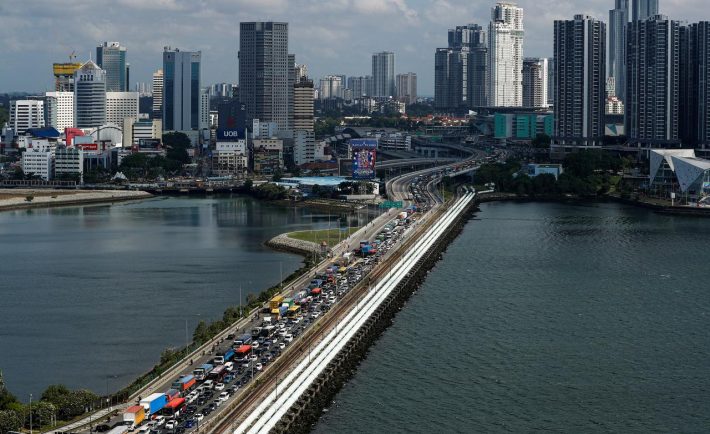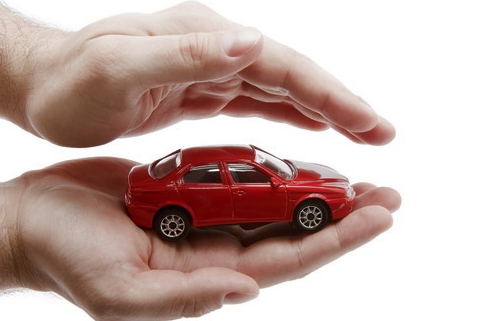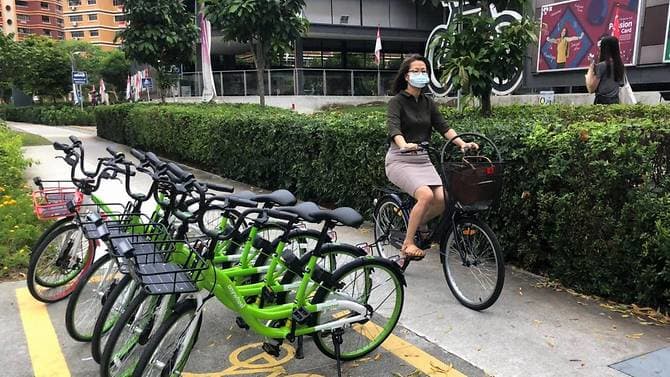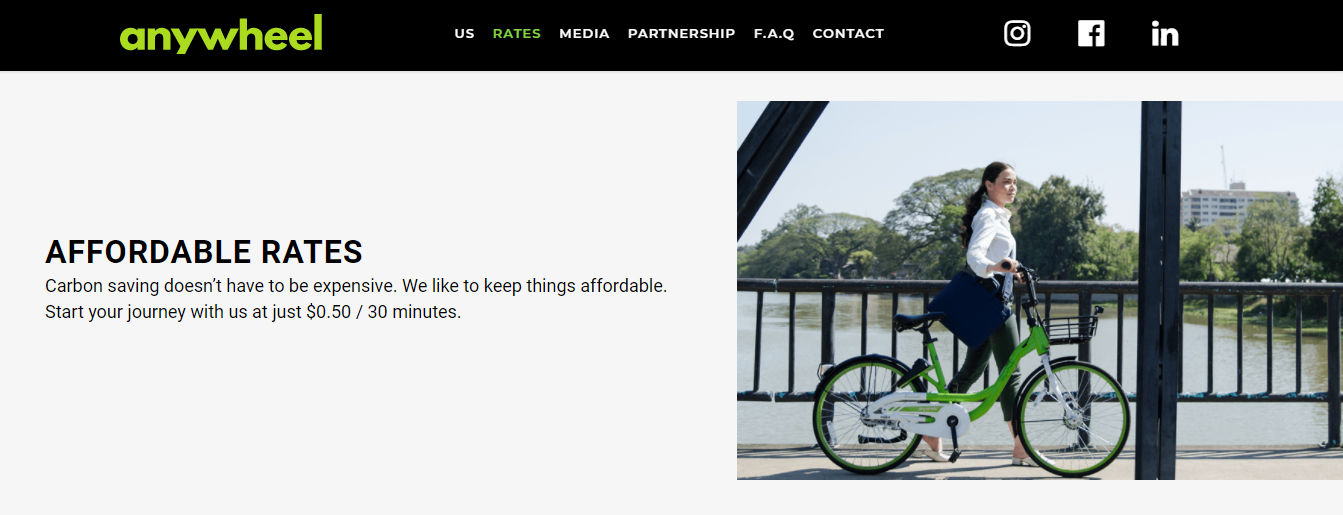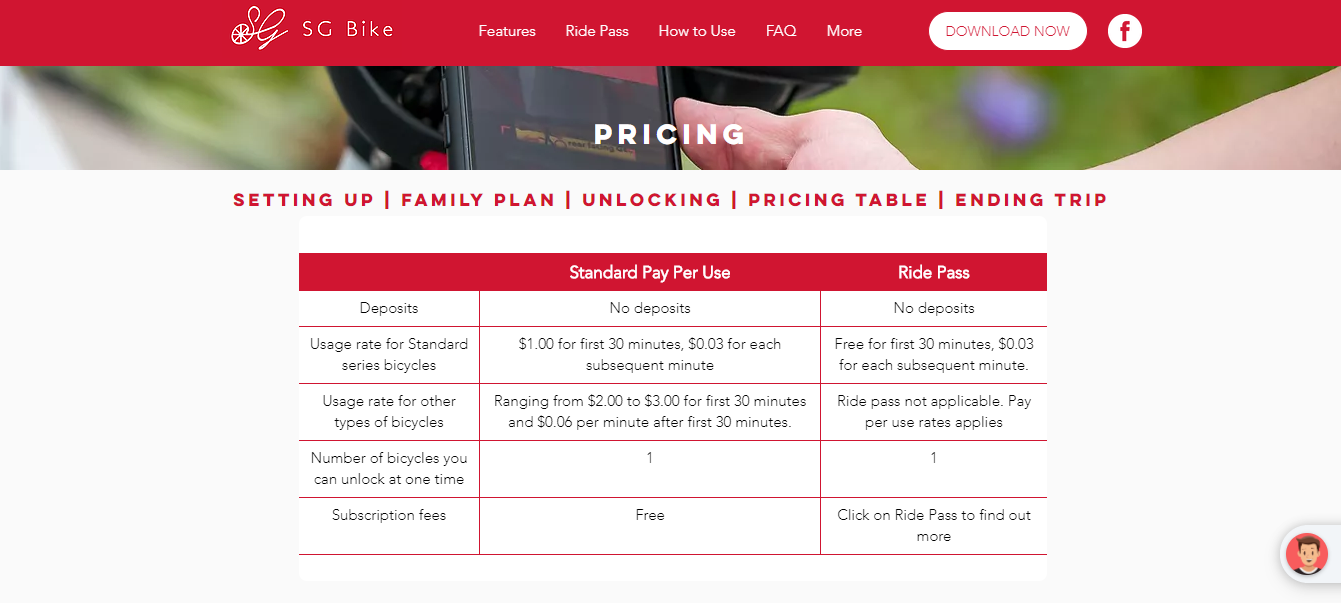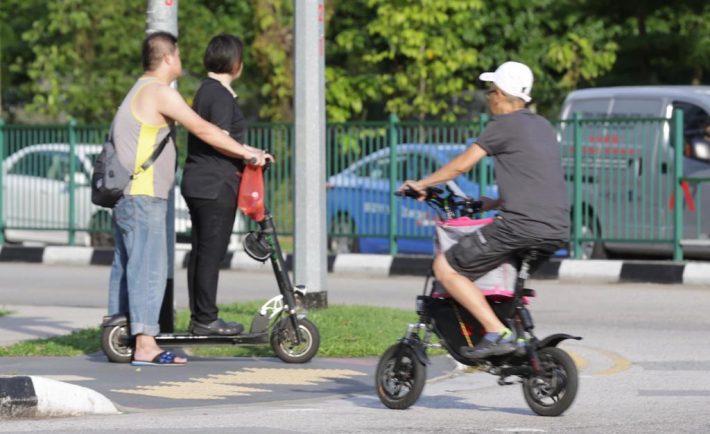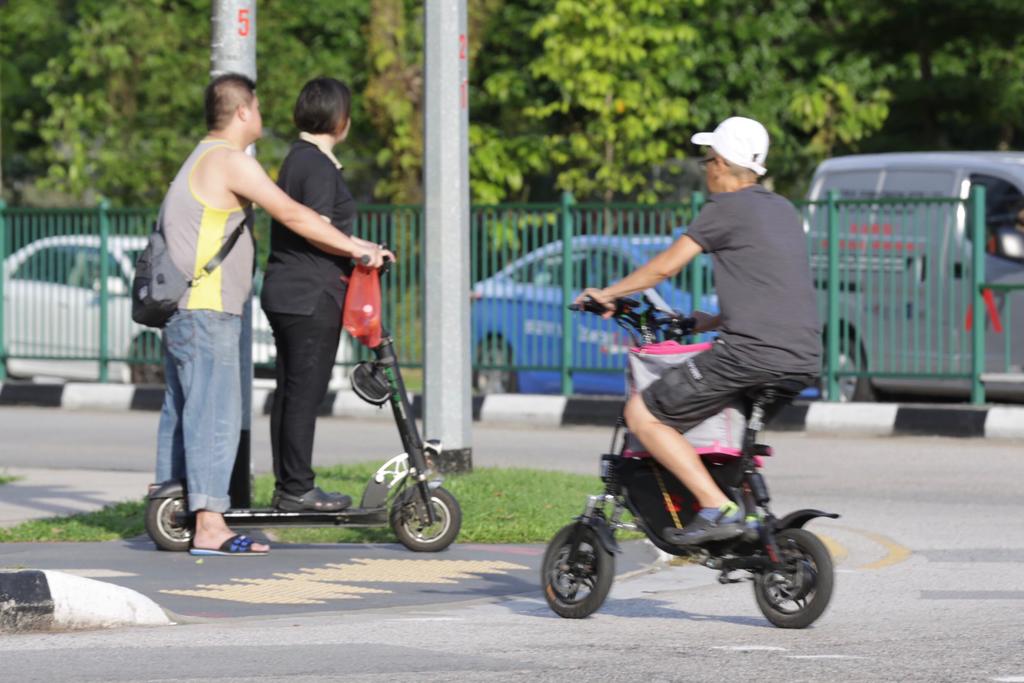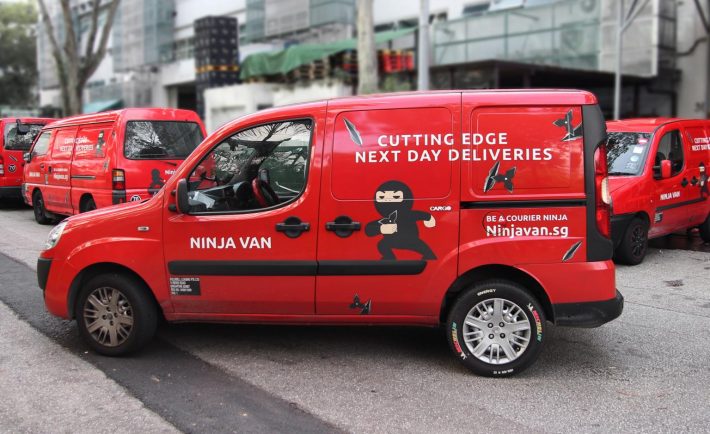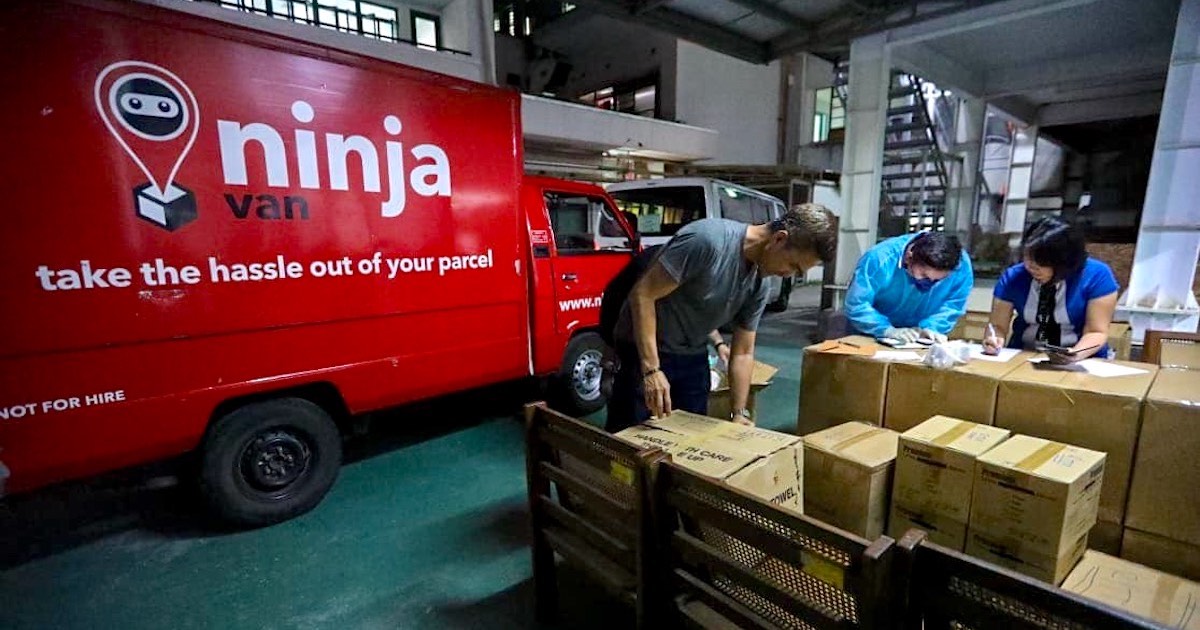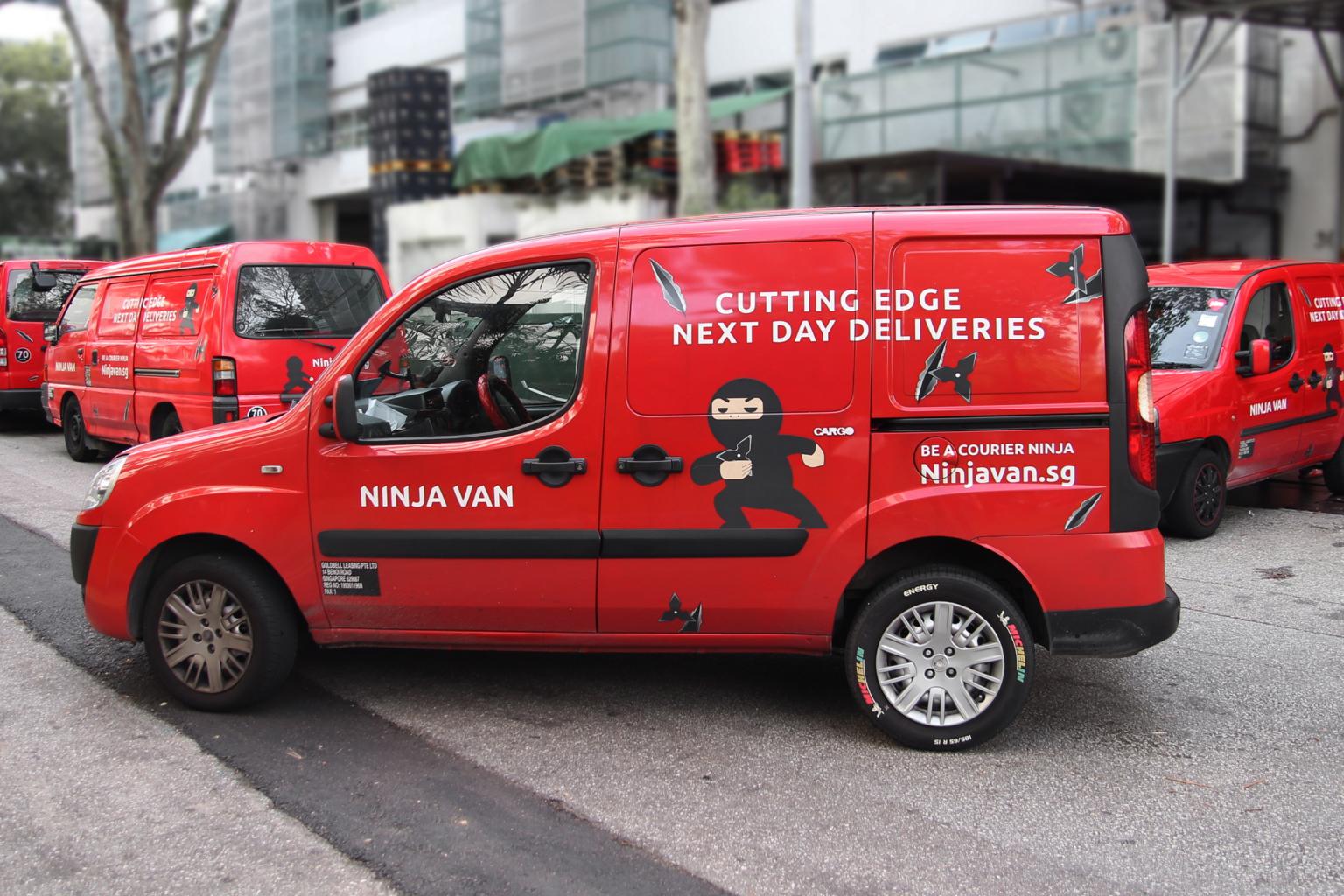In a Facebook post on Thursday (Sep 3), Malaysian Prime Minister Muhyiddin Yassin said together with Singapore’s High Commissioner to Malaysia Vanu Gopala Menon, the two discussed the implementation of the Reciprocal Green Lane (RGL) and Periodic Commuting Arrangement (PCA) at the Singapore-Malaysia border, which began from Aug 17.
Both have agreed that the execution of the two schemes have been generally smooth and effective. “We also reaffirmed the commitment to ensure movement of many people across our borders will continue to be done smoothly without ignoring the safety of both countries,” wrote the Malaysian leader.
Hopes for daily commuting of workers
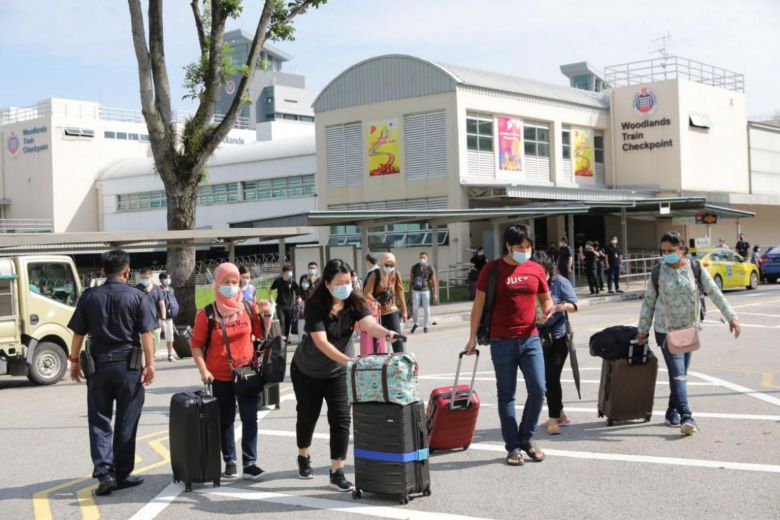
Image Credits: The Straits Times
He added, “I hope Malaysia and Singapore would quickly finalize the standard operating procedures regarding the proposal to allow for daily commuting of workers between both countries, to boost the national economy and help impacted workers.”
“We are determined this will help both Malaysia and Singapore recover our respective economies and… gradually help citizens impacted by the pandemic.”
FAQs on the RGL and PCA
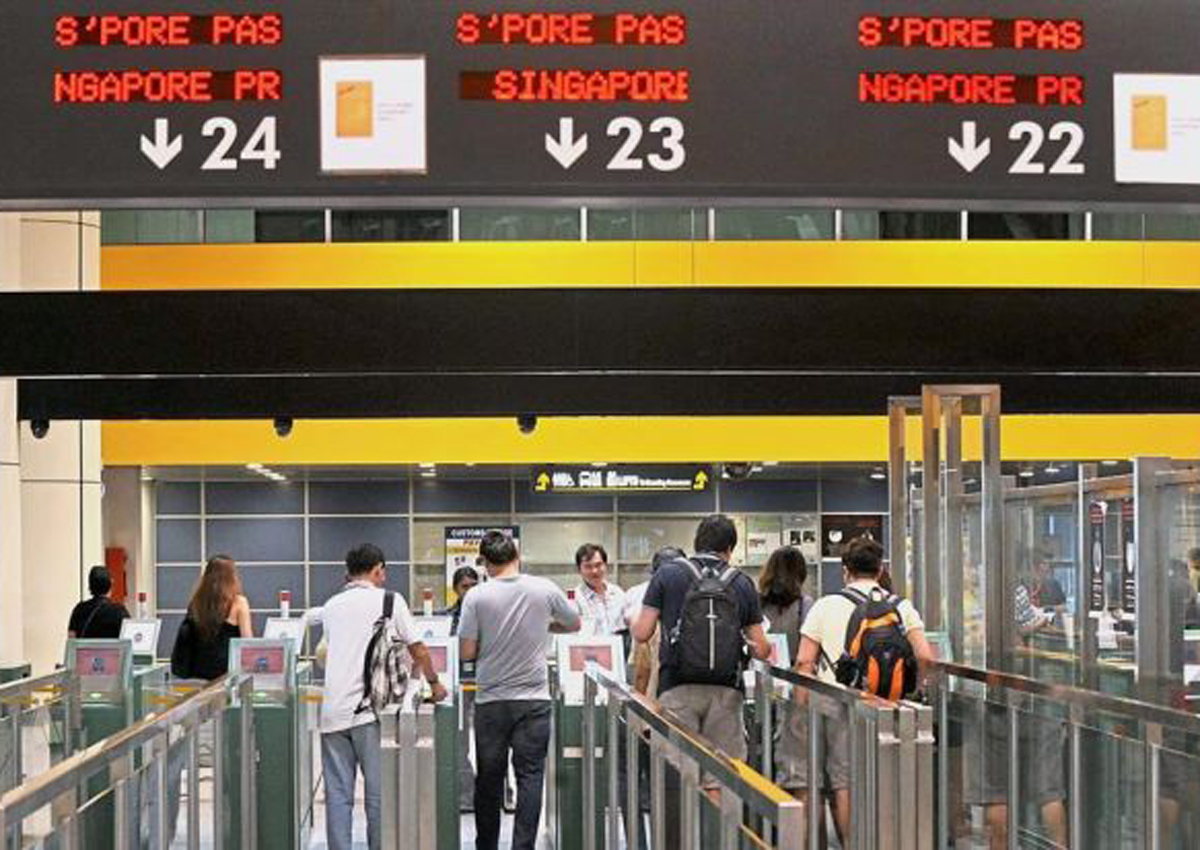
Image Credits: AsiaOne
With so much about COVID-19 reported in the news these days, it’s hard to keep up with the changes in travel advisories. At the time of writing, Singapore and Malaysia currently have two cross-border travel schemes in place – RGL and PCA.
The RGL is for Malaysia and Singapore residents keen to travel for up to 14 days, for essential business and official purposes only. As for the PCA, Singapore and Malaysia citizens or permanent residents who hold long-term immigration passes for business and work purposes in the other country can enter for work.
Here’s a list of frequently asked questions for individuals who are keen to travel between the countries:
#1: Is emergency travel for compassionate reasons, to attend a funeral or visit a sick loved one, allowed?
Singapore’s Minister for Foreign Affairs Vivian Balakrishnan said on Jul 26 that both countries were working on terms to allow people to travel between Singapore and Malaysia on compassionate reasons. Authorities are working out arrangements to make it possible.
#2: Is travel for study or leisure purposes permitted via RGL or PCA?
No, the RGL and PCA are not to facilitate movement for students or tourists across the border. Those seeking to enter Singapore for study can visit the ICA website. As for those looking to enter Malaysia for purposes other than essential business and official travel should contact the Malaysian High Commission in Singapore for more deets.
#3: How can Malaysian citizens/Permanent Residents (PRs) holding a Singapore work permit apply for PCA and when can they return home?
Under the PCA, Malaysia Citizens and PRs with valid Singapore work passes should remain in Singapore for at least 90 days before returning to Malaysia for home leave. Those eligible to apply will need to have the following passes – Employment Pass, EntrePass, Personalised Employment Pass, S Pass, and Work Permit. The pass should be valid for at least 15 days from the date of entry into Singapore.
The entry and exit point between Singapore and Malaysia must be via the land crossings – Woodlands Checkpoint or Tuas Checkpoint.
When they enter Singapore, travellers under this scheme need to serve a Stay-Home Notice (SHN) of at least 7 days and undertake a COVID-19 swab test. The employee must remain in the declared SHN accommodation for at least 7 days from the date of entry into Singapore and test negative for COVID-19, whichever is later. Once the employee has served the SHN and tests negative for COVID-19, the employee can commence work.
Singapore-based companies that wish to apply for the PCA for their employees may submit their applications through CorpPass. Employers may choose a date of entry within a 60-day window of their application. They must submit their applications at least 7 days before their employees enter Singapore.
#4: For Malaysia citizens/PRs who have entered Singapore via PCA, what are some of the health protocols involved?
After clearing immigration, the employees will have to take their personal transport. These include motorbikes, private buses that only ferry Malaysian passengers who are serving SHN, or taxis and private hire cars directly from the immigration checkpoint to the declared SHN accommodation. They should not stop at any other destination along the journey.
Employees should indicate clearly to the driver that they are serving an SHN. The employee should not take public transport or flag down a taxi while serving the SHN.
Those under SHN can only leave their accommodation to head to the designated testing facility for the COVID-19 swab test on the assigned date and appointment time of swabbing, with similar transportation restrictions.
The employee or the employer will bear the costs of the employee’s accommodation for the SHN and post-arrival COVID-19 swab test in Singapore, subject to prevailing Ministry of Manpower requirements.
#5: For Singapore citizens/PRs holding a Malaysia work permit, how different is the procedure to obtain PCA?
The minimum duration of stay, as well as the entry and exit points, are the same. Those eligible to apply for a PCA must hold a long term visa for business or work purposes in Malaysia.
Employers can apply for PCA for their employees to enter Malaysia via the MyTravelPass online application at least 10 working days before the date of travel. Employers also need to provide a letter of appointment and a copy of the passport during the application.
Meanwhile, as part of the health protocols outlined by Malaysia’s Immigration Department, employees will be subject to a modified Home Surveillance Order (HSO) for 7 days.
They must also undertake a COVID-19 test via antibody test kits at the end of HSO and will be released from HSO if tested negative. Travellers must also subscribe to the MySejahtera application, developed by the Malaysia government to manage the COVID-19 outbreak and conduct contact tracing across the country.
These travellers may also apply for a waiver for their SHN during the duration of their short-term home leave in Singapore, after spending at least 90 days working in Malaysia.
According to Singapore’s Immigration and Checkpoints Authority (ICA), the intent of the Malaysia-issued PCA passes is to allow Singapore Citizens and PRs to re-enter Malaysia after their home leave, to continue with their business or work. In lieu of SHN, the returnee will undergo a COVID-19 swab test upon arrival at Woodlands Checkpoint or Tuas Checkpoint in Singapore, at their own cost.
#6: How can a Singapore resident apply for RGL to visit Malaysia?
All nationalities who are legal residents in Singapore and need to enter Malaysia for essential business travel and official purposes can apply for RGL. Approval is on a single-entry basis.
Unlike the PCA where employees may only travel via the land crossings, individuals entering the other country via RGL may also travel via air. Hence, Singapore residents may also fly to Malaysia via direct flights and enter through Kuala Lumpur International Airport (KLIA), KLIA2, and Penang International Airport.
The maximum period of stay is 14 days and travellers need to submit and adhere to a controlled itinerary throughout the duration of their visit.
Before departing Singapore for Malaysia, the traveller’s sponsoring enterprise or government agency in Malaysia must apply on behalf of the applicant at least 10 days before the date of travel. The sponsor would also need to provide a traveller certificate to certify that the traveller has tested negative for COVID-19 via a swab test taken within 72 hours before departure.
Documents needed for online application are a copy of the traveller’s passport, letter of invitation, an itinerary for the duration of stay, proof of hotel accommodation as well as health and travel history declaration.
Upon arrival in Malaysia, the traveller will transfer to the accommodation via transport by the sponsor or government agency. The traveller is also required to subscribe to the MySejahtera mobile app and undertake a COVID-19 swab test at the point of entry or 24 hours of arriving in Malaysia.
If tested positive, the traveller will be accorded the necessary medical treatment by the Malaysia government. If tested negative, the traveller may proceed with the controlled itinerary.
#7: Is the process any different for Malaysia residents applying for RGL to enter Singapore?
All legal residents in Malaysia, who need to make single-entry, short-term essential travel to Singapore for business and official purposes, are eligible to apply for the RGL. Similarly, travellers have to take a swab test within 72 hours of departure.
Residents in Malaysia seeking to travel to Singapore for short-term essential business or official travel via the RGL must be hosted by a company or a government agency in Singapore.
The host company can self-sponsor and file the application for a SafeTravel Pass on behalf of the traveller either directly or through a sponsoring government agency. Upon approval, the sponsoring company or government agency will receive a letter by email within three working days.
With this letter, an approved applicant who is a visa-required passport holder may then apply for a visa for travel to Singapore through the usual channels at least four working days before departure.
If the applicant already has an existing valid visa, the visa suspension will be lifted when the SafeTravel Pass is approved, and the traveller need not apply for a new visa.
For travellers entering Singapore by air, it’s advisable to pre-register and pre-pay for the COVID-19 swab test prior to entry into Singapore. Preregistration and pre-payment can be made at the online portal and travellers should expect to pay around S$300 for the test upon arrival at the airport.
For travellers entering Singapore by land, travellers will make payment via card or PayPal at the testing stations located at Woodlands and Tuas Checkpoint. Travellers should expect to pay around S$200 for the test upon arrival at the land checkpoints.

